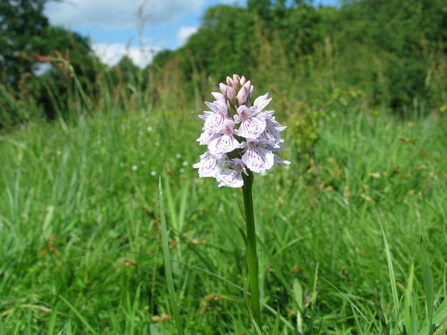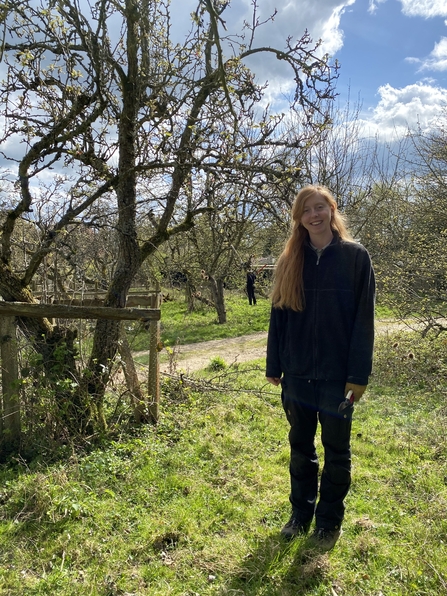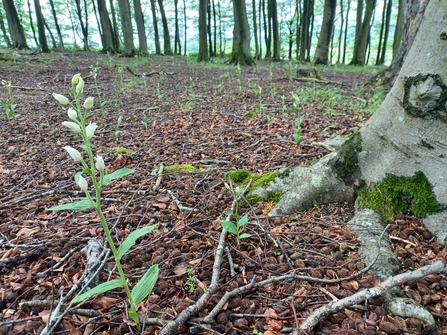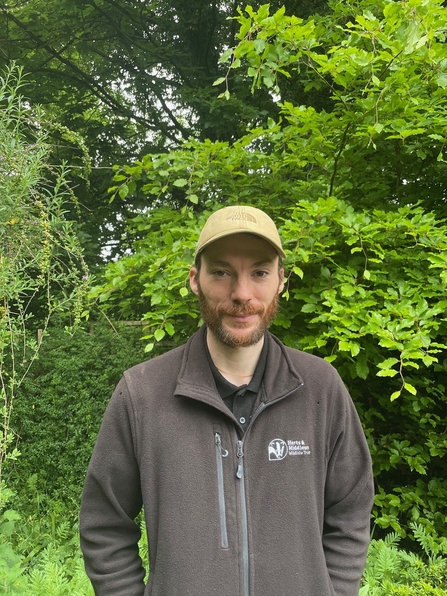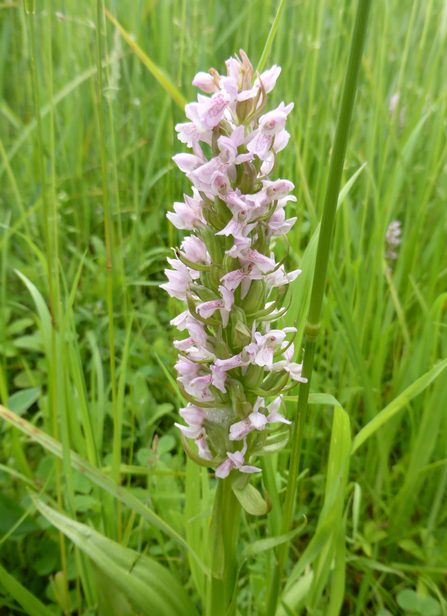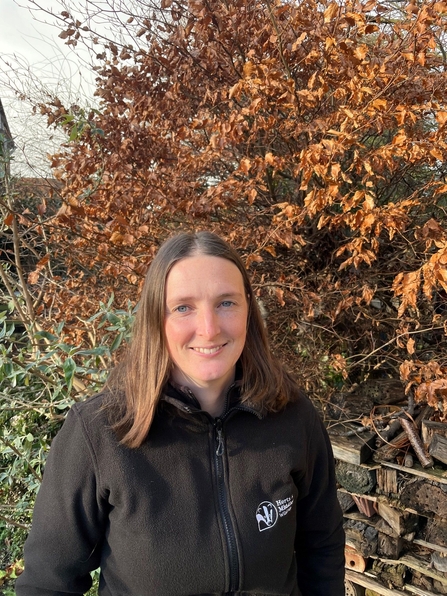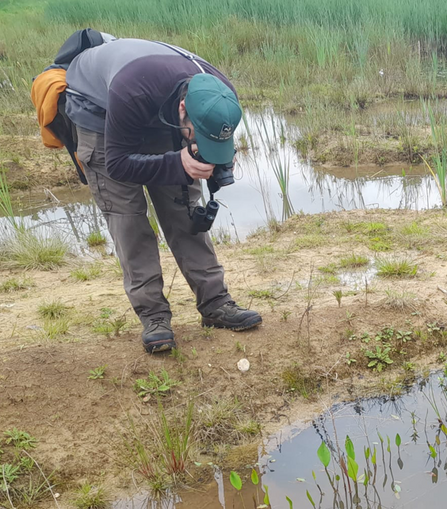Orchids may have a reputation as an exotic flower but did you know there are over 50 native species in the UK? June is a wonderful time to look out for some of these beauties so let’s take a tour with our Nature Reserves team as they share some of our sites where you are likely to find a particular orchid. Discover too the actions they are taking to manage habitats for the protection of these blooming wonderful sights. A majority of these reserves are designated as a Site of Special Scientific Interest (SSSI), reflecting their national importance and highlighting their high conservation value and need to be protected.
Heath Spotted-orchid
Frogmore Meadows Nature Reserve, SSSI, between Chenies and Latimer


